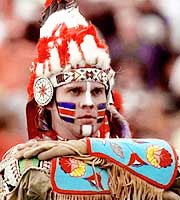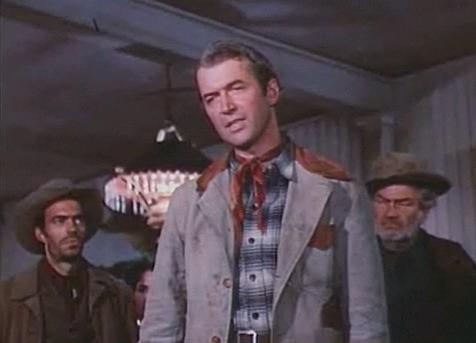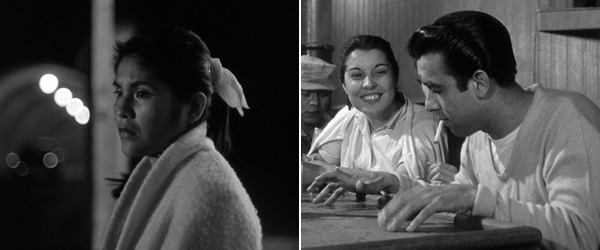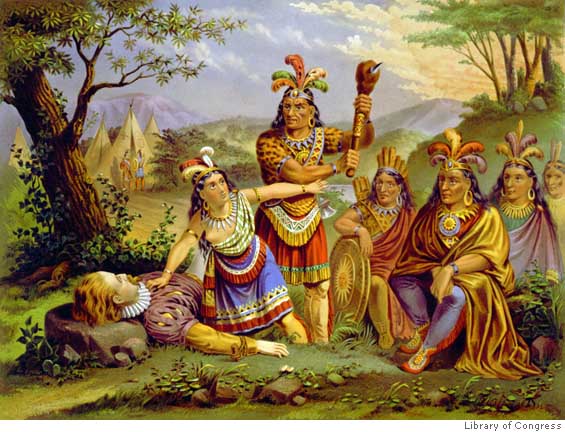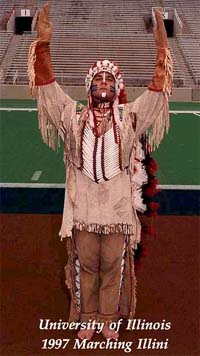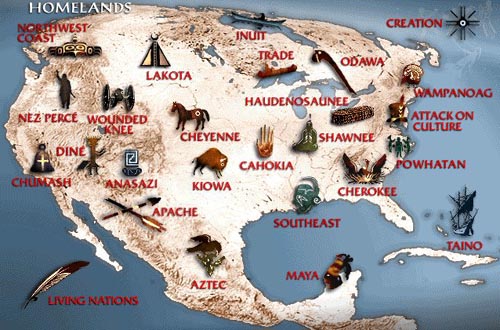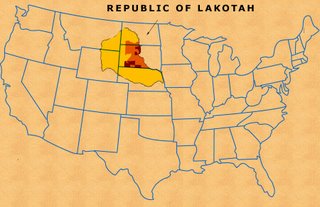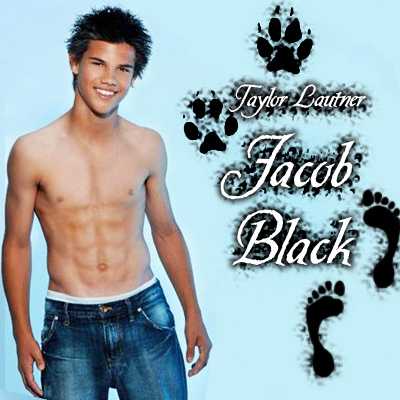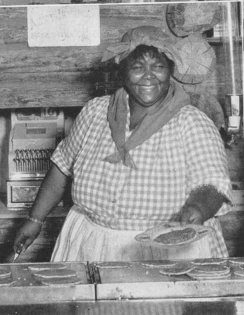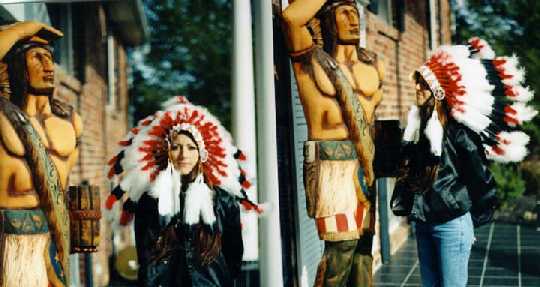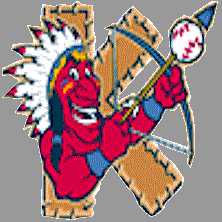Someone e-mailed me about
Johnny Depp as Tonto controversy. Her basic claim was that Indians don't care about it. Some thoughts about this position:
Several Indians have commented on my postings and agreed with me. Only a couple have disagreed with me. Although my blog isn't a scientific poll, the "cares" outnumber the "don't cares" so far.
Of course, 99.99% of Indians aren't thinking about this issue. But that doesn't tell us much. No one of any ethnicity cares much about the arts. They definitely don't care much about analyzing the hidden messages in the arts.
Fortunately they have me to do the analyzing for them. And once they think about it, they find the subject interesting. Which is why they keep coming back for more.
My analyses include the hidden messages in casting decisions. In this case, Hollywood is telling us it doesn't care about Indians. Anyone can get a tan, don a wig, and become an Indian.
That Depp has a fraction of Indian blood is a bonus. If he didn't but expressed an interest in the role, they might've cast him anyway. No one knew
Taylor Lautner has Indian blood until after they cast him in
Twilight, for instance.
Grassroots is better?Perhaps Indians are too busy with their grassroots arts to worry about mainstream "crap" like a Tonto movie. If so, I'm happy for them. I'm in favor of grassroots efforts, which is why I post about them often. I believe they can have a long-term cumulative effect.
But alas, they're aren't likely to change things quickly or easily. If most of the mainstream efforts are "crap," so are most of the grassroots efforts. Being sincere or "real" isn't the same as being talented.
The mass media is where things tend to happen. Whether it's Shakespeare's plays, Michelangelo's Sistine Chapel, Mozart's symphonies,
Citizen Kane, Beatles records, or WATCHMEN comics, mainstream artists have produced much of the world's great art. They've done it by working within the "system," using its resources, and catering to its tastes.
How many people have seen the
Fritz Scholder exhibit or heard the
all-indigenous orchestra--to use two recent examples? And how many have read the
Twilight books or seen
Indian mascots on sports broadcasts? The latter outnumber the former by something like 1,000 or 10,000 to 1, at least. Their influence on the public is equally large.
Tonto too lame to matter?Perhaps some Indians don't care because
Tonto is simply too lame to care about? I'd say Tonto is lame only because non-Natives have written and directed--i.e., controlled--the character. They've made him lame. A Native actor who brings his background to the role has a chance to make Tonto better. To make him an authentic Indian, not a stereotypical caricature.
If anyone thinks Depp will do Tonto "well" because he's a great actor, where's the evidence? His portrayal of Captain Jack Sparrow in
Pirates? As I
explained before, that's an argument
against Depp's portraying an Indian, not for it. If Disney wants a
Pirates-style "interpretation" of an Indian, it should hire Chief Illiniwek.
Even if some Indians disagree, my opinion stands. Other things being equal, I'd say the closer an actor is to the role he's playing, the better. For a full-blooded Apache role like Tonto, a Native is better than a non-Native, an Apache is better than an Eastern Cherokee, and a full-blood is better than a 1/16th blood.
Similarly, I wouldn't cast
Summer Glau or
Lynn Collins to play
Deer Woman or Sacagawea. And I wouldn't cast
Taylor Lautner or
Danny Trejo to play
Hiawatha or Squanto. I wouldn't put predominantly white actors in blackface and I wouldn't put them in "redface" either.
For more on the subject, see
The Best Indian Movies.
Below: A "pirate," an "Indian," and a "black man."

